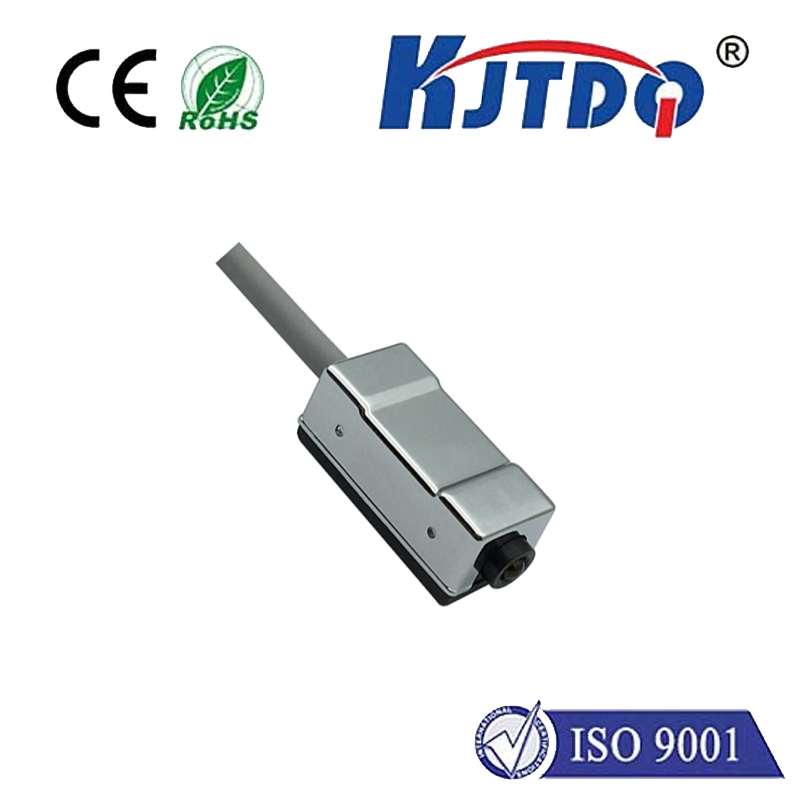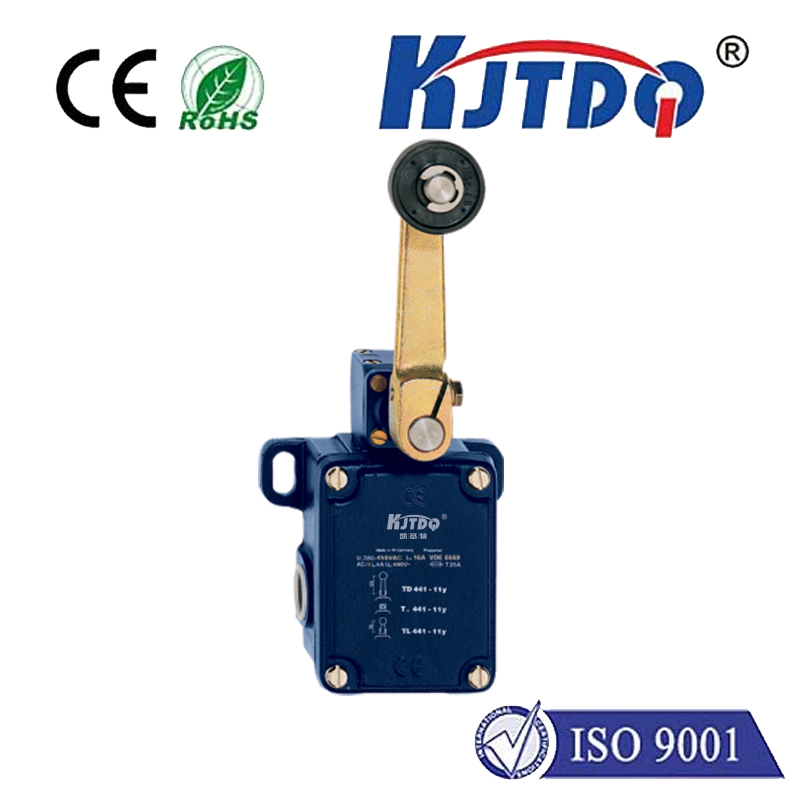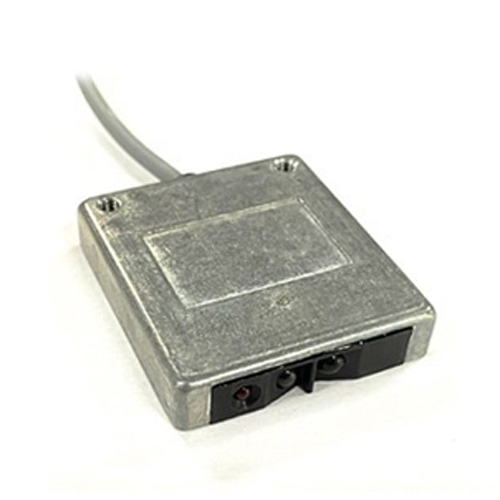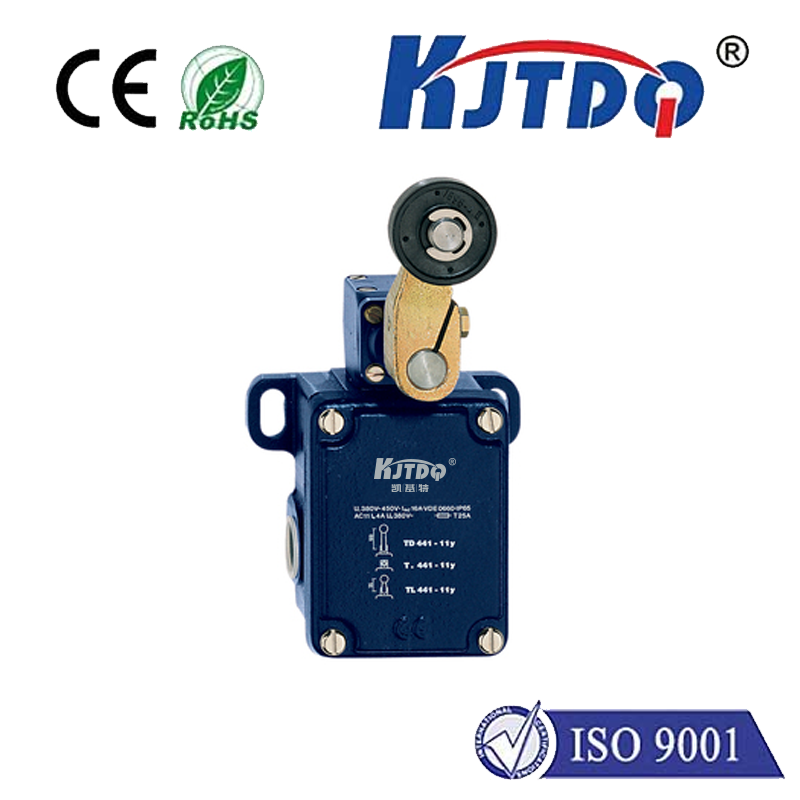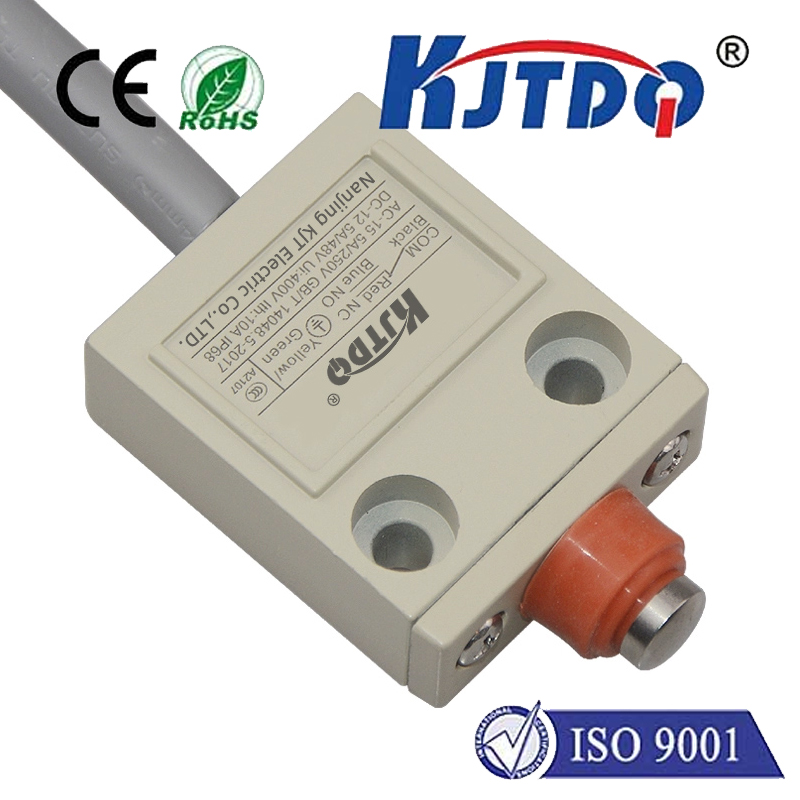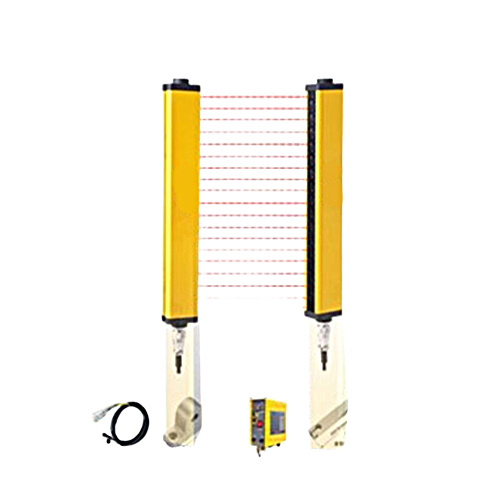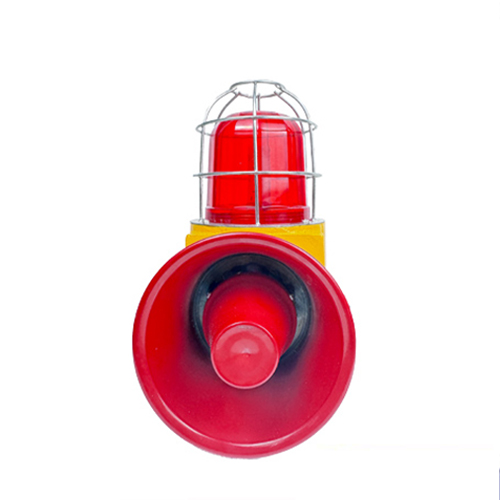Ever held your iPhone 12 to your ear during a call and marveled at how the screen instantly blacks out, preventing accidental taps? That seamless magic isn’t just a trick—it’s powered by the proximity sensor, a tiny yet game-changing component. This sensor transforms everyday interactions, making your device smarter and more responsive. In this deep dive, we’ll uncover how the proximity sensor in iPhone 12 works, why it’s essential for the modern smartphone experience, and how it elevates Apple’s design philosophy. From conserving battery life to enhancing call quality, this unsung hero plays a pivotal role in your daily tech life. So, let’s peel back the layers and discover the ingenuity behind this feature that often goes unnoticed.
First off, what exactly is a proximity sensor? Simply put, it’s a device that detects the presence of nearby objects without physical contact. In the iPhone 12 series, this sensor is strategically nestled within the TrueDepth camera system, located in the iconic notch at the top of the screen. Typically using infrared (IR) technology, it emits an invisible beam to sense when an object—like your face—approaches. When detected, it triggers immediate actions, such as dimming or turning off the display. This isn’t just about convenience; it’s a core part of iPhone 12’s intelligent ecosystem. For instance, during calls, the sensor prevents unintended screen touches that could disrupt conversations or open apps while you’re speaking. As a result, it saves precious battery power by minimizing unnecessary screen illumination. Apple integrated this IR-based sensor with precision, ensuring it works flawlessly in various lighting conditions—a testament to their commitment to user-centric innovation.

Now, let’s get into the mechanics of how this proximity sensor functions in your iPhone 12. Upon activation, like making a phone call, the sensor sends out low-power IR pulses. These bounce off nearby surfaces; if reflected back quickly (indicating an object is within inches), the system signals the device to deactivate the display. This detection happens in milliseconds, creating that smooth, interruption-free experience we all love. What sets the iPhone 12 apart? It leverages advanced algorithms to differentiate between intentional proximity (e.g., holding the phone to your ear) and false triggers (like objects in a pocket). This refinement minimizes errors and boosts reliability compared to earlier models. Additionally, Apple fine-tuned the sensor to work with the iPhone 12’s OLED screen, optimizing energy efficiency. Remember, every time the screen turns off during a call, it cuts down on power drain—extending battery life throughout your day. It’s a subtle yet vital feature that showcases how attention to detail elevates the overall user journey.
Beyond calls, the proximity sensor enhances multiple aspects of iPhone 12 functionality. For one, it plays a role in preventing accidental inputs while the device is locked or in your pocket, safeguarding against issues like pocket dials. Similarly, in apps like Messages or FaceTime, it ensures the screen doesn’t stay lit unnecessarily, conserving resources and reducing eye strain. Users often overlook this, but the sensor integrates with iOS features for accessibility, helping those with visual impairments manage screen interactions more intuitively. Moreover, in gaming or media consumption scenarios, it prevents unintended pauses by keeping the display active unless an object gets too close—adding a layer of polish to entertainment. However, if the sensor malfunctions, issues like an unresponsive screen during calls can arise. Simple fixes include cleaning the notch area or updating iOS, but Apple’s robust design means such problems are rare. Compared to compes, the iPhone 12’s sensor stands out for its seamless calibration and durability, reinforcing why this device remains a benchmark in smartphone technology.
In essence, the proximity sensor might be a small part of the iPhone 12, but its impact is monumental. It exemplifies Apple’s philosophy of blending hardware ingenuity with software intelligence to create frictionless experiences. As technology evolves, innovations like this in the iPhone 12 series continue to set standards for responsive, energy-efficient devices. So next time your screen fades during a chat, take a second to appreciate the unseen tech making it all possible—it’s the proximity sensor quietly revolutionizing your mobile life.
